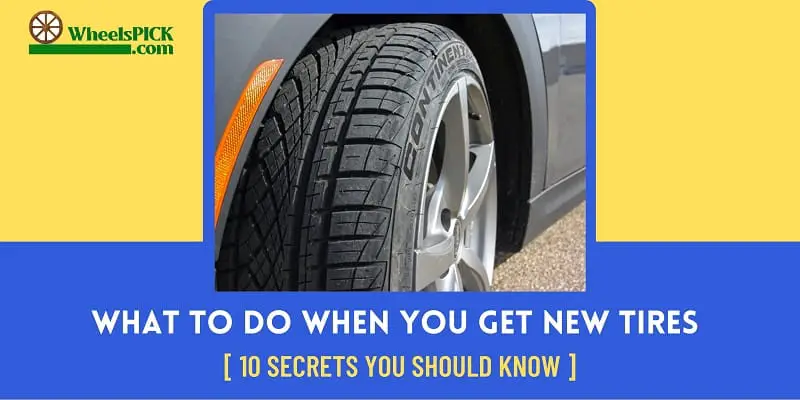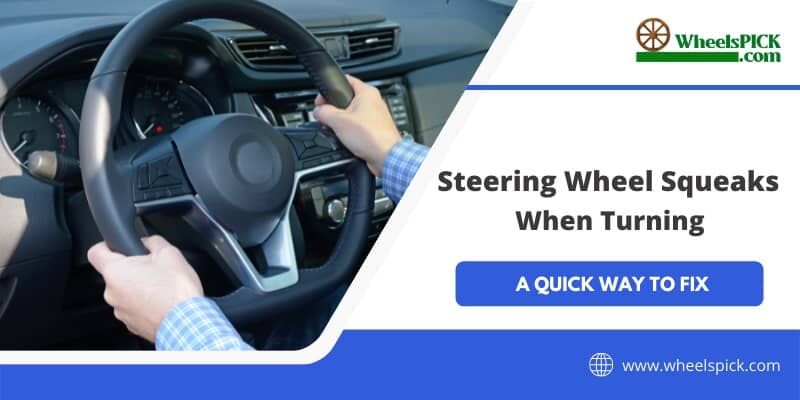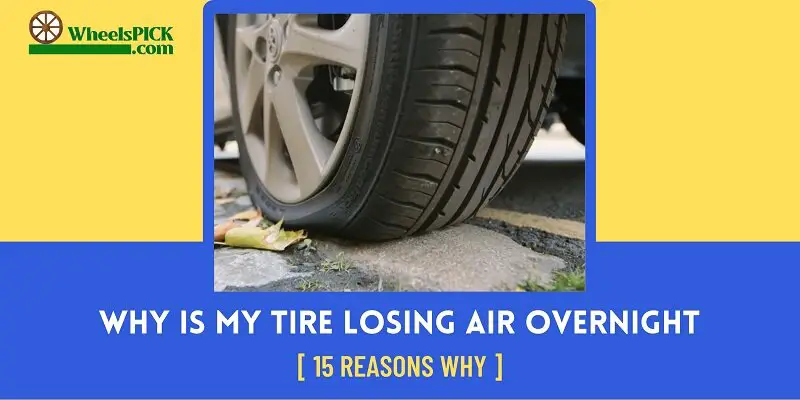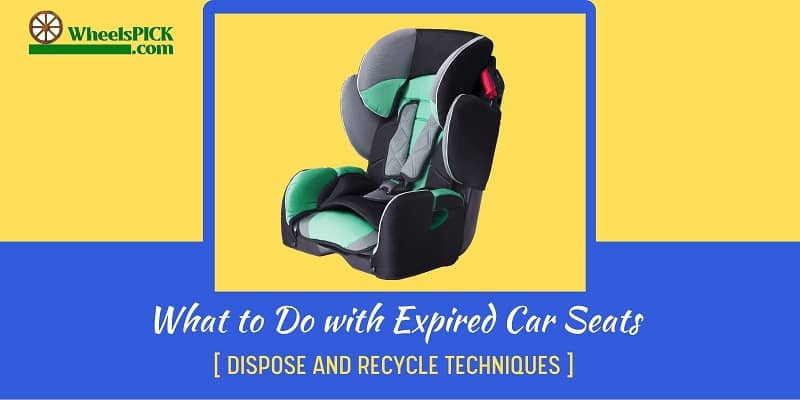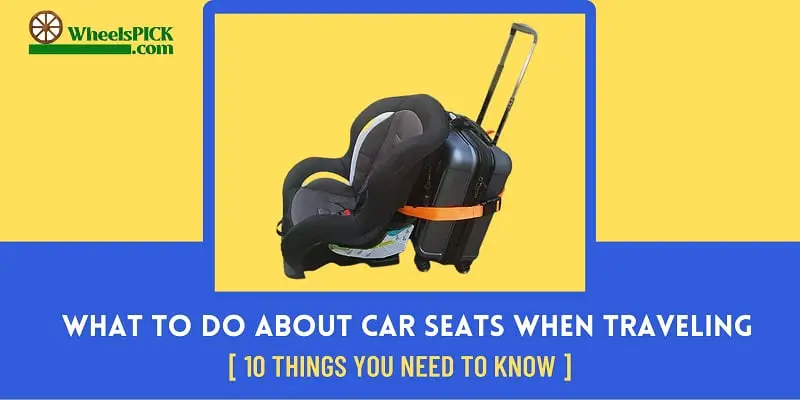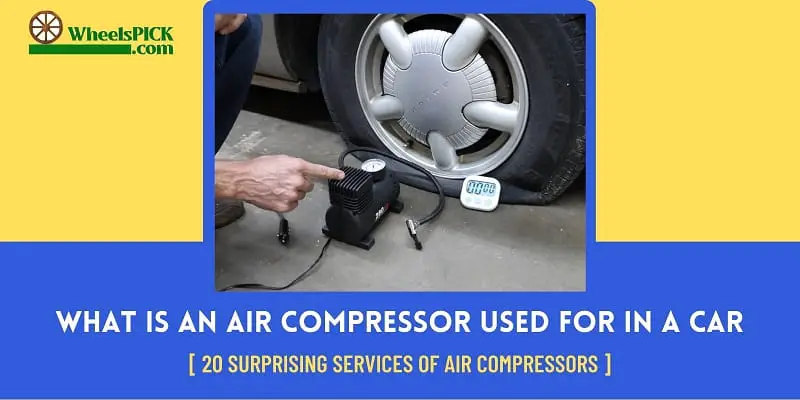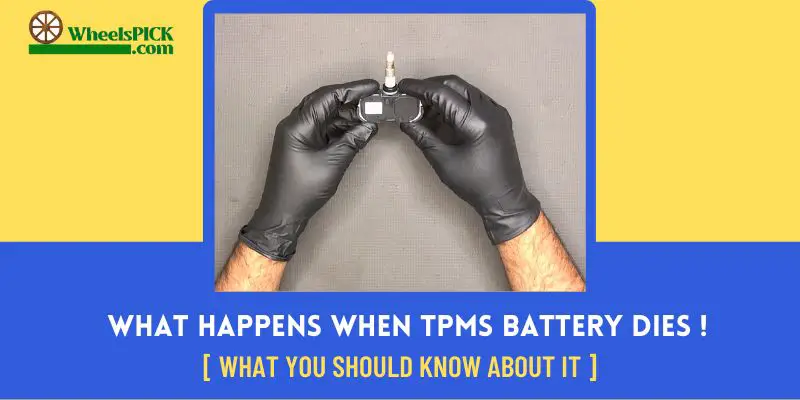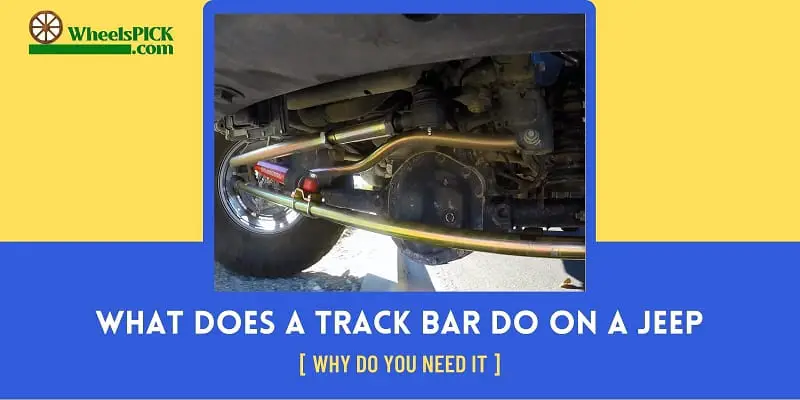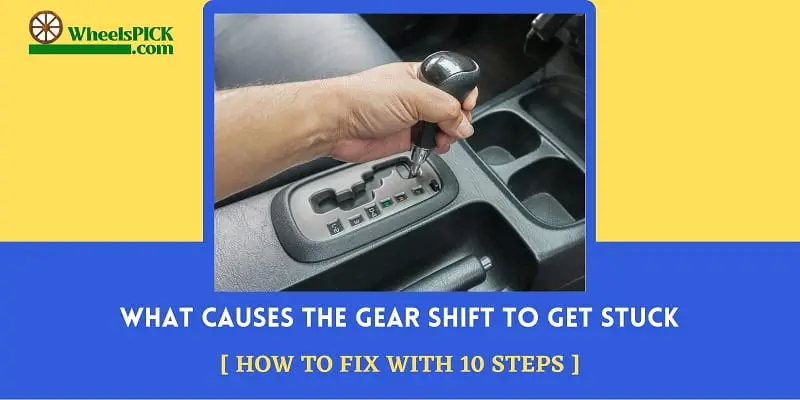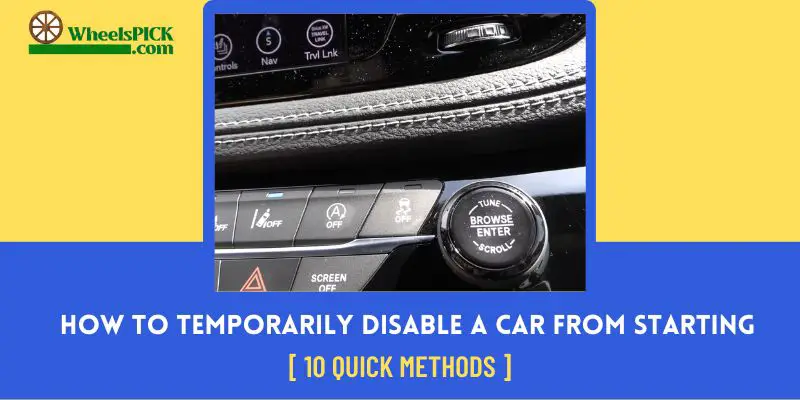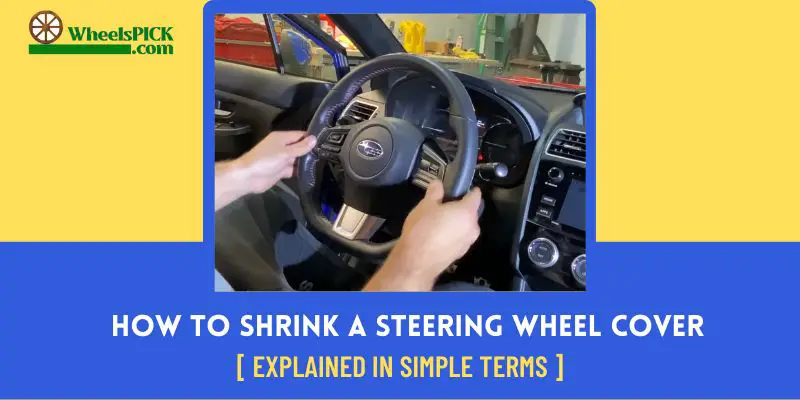New tires are a bit of an investment. It’s a necessity for your car for a better riding experience. But maintaining a new tire to ensure its longevity takes work. Providing better tread life, wheel balance, and air pressure for new tires can be tricky. So, what to do when you get new tires?
With some straightforward and practical steps, you can take care of your expensive tires and use them for a long time. So, stay with me for the rest of the article to learn how to keep your new tires fresh and save money for longer. Without further ado, let’s get started.
When and How Often to Replace Your Auto Tires
Replacement of tires depends on the condition of your tires. There is no specific number for how often to replace auto tires. But the National Highway Traffic Safety Administration recommends changing tires after every 6 years. Also, if the tire tread depth is 2/32 of an inch or less, change your tires ASAP.
What To Do When You Get New Tires (10 Interesting Facts)
There are specific rules to follow after purchasing new tires. To ensure comfortable and long-lasting riding, the driver should take care of the new tires. Also, replace all four tires simultaneously. Make sure they are from a good tire brand with good quality.
Suppose you have purchased good quality tires from a good brand, and now what? Keep reading this article as we are about to start. Follow these steps to secure your new tire’s tread life.
Secret#01: Check the New Tire’s Date
Generally, the date of manufacturing tires is written on the tire’s side wall. Check it carefully. Most of the tire’s dates indicate the month and the year of the tire manufacture. Make sure you are getting new tires.
Especially if you are buying tires from online shops, there is a chance of getting old tires. So, always check your tire date first.
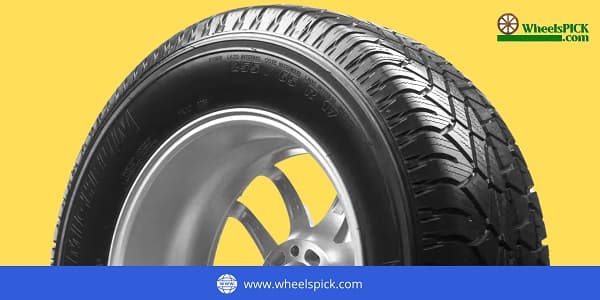
Secret#02: Read Instructions About Your Tires
There are specific requirements for different cars and tires. Reading your car’s user manual and tire requirements will provide you with knowledge about any distinct biz.
Make sure you install the right tires according to your vehicle’s requirements. Otherwise, you will face problems while driving.
Secret#03: Rid Your Wheels
Clean your tires wheel correctly to ensure an outstanding balance. Get rid of any dirt or other dirty substances both inside and outside of the wheel.
With a well-balanced wheel, your tires provide good quality service. Moreover, it reduces the chances of wearing, cupping, and scalloping. As a result, you get a long-lasting tread life.
Secret#04: Dispel Your Wheel Weight and Centre Caps
Make sure your wheel weights are off the wheel. Also, take aside your wheel’s centre caps. It is a necessary process to follow because it can upset the balance of your wheels. As a result, your new tire can wear faster than usual.
In addition, check for glues and scratching on the wheel. Actually, car shops most of the time do not remove your car weight properly. So, some of the glue stays. Clean those sticky glues properly for a balanced wheel.
If you want to know more about removing wheel weight, watch how to remove wheel weight.
Secret#05: Inspect Your Car
When the tire wheel is off the car, it’s an opportunity to check your car’s suspension, control arms, tie rod end and ball joints. Make sure they are adequate for the new tire implementation.
These crucial components produce a significant impact on the new tires. So, checking them will be a wise idea. Moreover, a sound suspension system like a 3.5-inch rough country lift can reduce excessive pressure on your new tires. Also, worn suspension causes wearing to new tires while cornering. To understand the effect of suspension on tread wear, read how suspension causes tread wear.
Secret#06: Check Your Tire Pressure
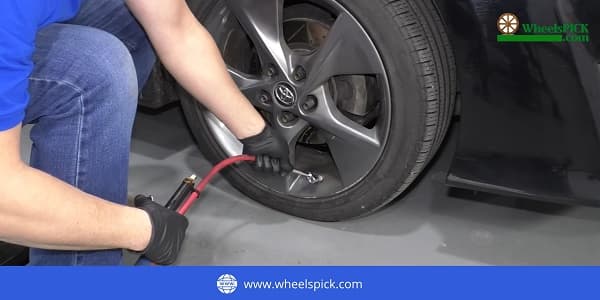
Tire pressure is vital for new tires. So, do check them regularly or every month. Over or under-inflated tires will wear more quickly. Moreover, maintaining grip becomes complex with tires with the wrong pressure.
To know the proper pressure amount for your tires, read the vehicle user’s handbook or check your car manufacturer’s website. The appropriate pressure on your car’s new tires will help those to last long. Watch how to check tire pressure for a better idea.
Secret#07: Examine Tire Balance
Having a balanced tire is a blessing. Every time you buy tires, ensure to have a balanced one. Balanced tires will prevent premature wear, cupping, and scalloping.
Conversely, wobbly tires create disturbing and vibrating sounds in the car. Also, the tire loses its dread depth faster than usual. So, ensure your new tires are balanced during fitting.
Secret#08: Inspect Tire Tread
The tire tread makes direct contact with the pavement. The importance of tire tread hits during braking, cornering, and handling. So, checking your tire tread and tread depth is a significant job to do. Check your tire tread monthly. Look for cupping, scalloping, and divots on the tire tread.
In addition, if your new tires lose air, it’s a bad sign. Watch for minor scratches or damage on the sidewall frequently. For better inspection, go to your nearby service centre.
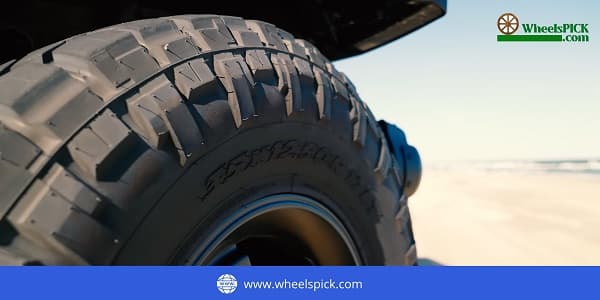
Secret#09: Rid of the Lubricant
Most people start driving instantly on any condition after installing new tires. But it’s the wrong thing to do. New tires have a layer of lubricant on them. It prevents the tires from sticking to the mould during production. So, removing the lubricant layer is essential for maximum performance.
However, you must ride your car with new tires for a few hundred miles on dry pavement. This will remove the layer of the parting agents and antioxidants. As a result, the tire components will start to work together to produce excellent performance and grip on roads.
Secret#10: Inspect You Alignment
The last step is to inspect your alignment. Perfect alignment prevents quicker tire wear. Also, it increases your comfort and fuel efficiency. The tires face uneven weight and pressure if your suspension alignment is improper. It makes your vehicle work harder.
Working harder means burning more fuels. Additionally, excessive pressure on a particular tire increases the temperature. Eventually, your new tires lose tread depth faster and faster. So, ensure a proper alignment.
How Do You Know When to Change Tires?
If your tire tread is 2/32 of an inch, it is not suitable for wet roads. By performing a penny test, you can quickly know the tread depth and have an idea about replacing the tires. Watch how to do a penny test perfectly.
Frequently Asked Questions (FAQ)
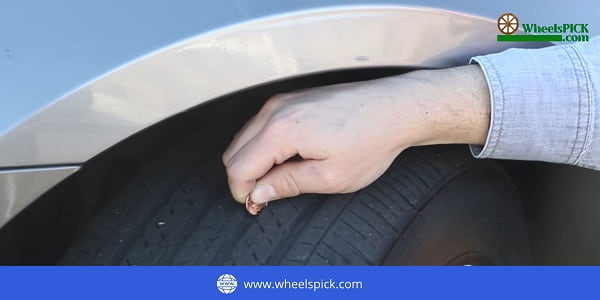
Q1. How Do You Protect New Tires?
A) To protect your new tires, keep them out of exposure to direct sunlight and outdoor condition. Moreover, store your new tires in your garage away from UV exposure. Tire components erode due to direct sunlight.
Q2. How Long Distance Does It Take to Break in A New Set Of Tires?
A) Generally, it takes about 500 miles to break entirely. To achieve maximum performance on new tires, experts recommend accelerating cars slower and abstaining from hard braking and cornering for at least 500 miles.
Q3. Can You Drive on New Tires Immediately?
A) No, for maximum performance, you need to break them first. Ride your car with less acceleration and hard braking for a few hundred miles to break a complete set of new tires.
Q4. What Happens If I Don’t Break in My Tires?
A) For the first couple of kilometres, you will face less traction on the roads due to parting agents or antioxidants on the new tires. But if you are not racing with it, you are good to go.
Q5. How Many Years Do Tires Last?
A) Well, it depends on your usage and road conditions. Usually, good quality tires last between 3 to 5 years, depending on the maintenance and riding style.
Q6. Is It Natural for New Tires to Vibrate?
A) Experiencing vibration with the new set of tires can be a bad sign. In most cases, it indicates unbalanced tires and wheels. Go to your nearby car service centre to balance your tires. Otherwise, you can face tire wear or failure. Always make sure to have a balanced wheel and tires.
Q7. What Tires Last the Longest?
A) General Grabber X3, Michelin CrossClimate2, and Michelin Defender LTX M/S are the three most long-lasting tires in the market.
Q8. Are 7 Years Old for Tires?
A) NHTSA recommends replacing tires every six years. So, the 7-year-old tire should be replaced as soon as possible, despite having good tread left.
Final Verdict
That’s a wrap for today. I hope you have feedback on what to do when you get new tires. Maintaining new tires is a bit of a hassle. But it’s better to look after your tires instead of spending money on a new one more often.
Some facile but effective ways like checking tire pressure, balance, tire tread, and breaking in new tires assure you of long-lasting excellent tires. Moreover, perfect alignment can boost your new tire’s performance, comfort, and fuel proficiency. So, best of luck with your new tires and safe driving.

